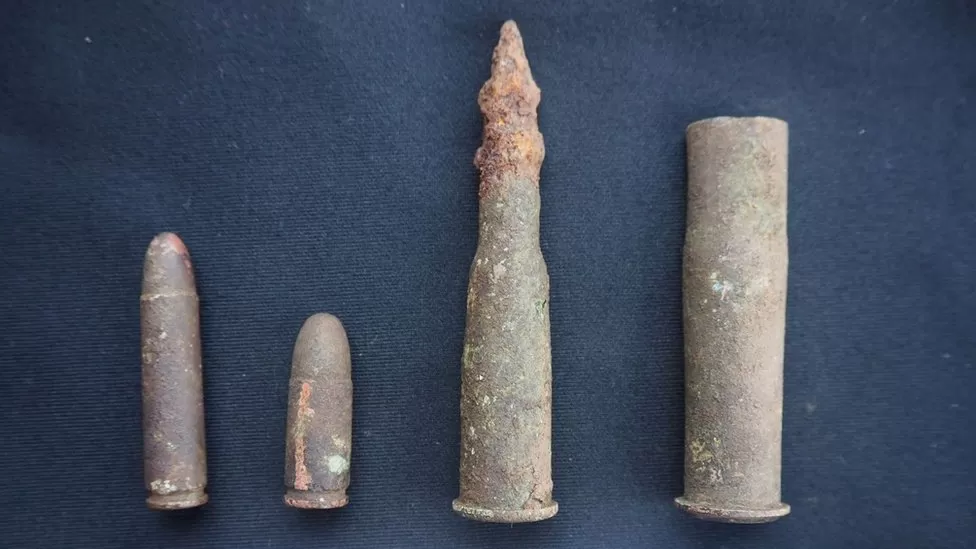Evidence found of German mass execution by French Resistance

Archaeologists have found evidence of a mass execution of German prisoners who were forced to dig their own graves and then shot by the French Resistance a few days after D-Day, during World War Two.
French and German teams discovered bullets and cartridges, as well as coins, at a remote site in central France identified by the last surviving witness.
By June 1944, the underground Resistance movement had gathered force over years of occupation and was ready to help the Normandy invasion.
Human remains were not discovered during an excavation in wooded hills near the town of Meymac that lasted eight days.
Xavier Kompa, head of the French Veterans’ Affairs Office in the Corrèze region, said, “The bodies are definitely there somewhere. We won’t stop now.”
Kompa spoke at the police checkpoint at the beginning of the track leading to the site. Press and public are not permitted on the site.
Currently, the dig has been suspended, but it will resume once the ground and finds have been analyzed further.
The search follows the recent revelations of former Resistance fighter Edmond Réveil, who broke nearly 80 years of silence to speak about the killings.
As a result of Réveil’s account, French and German officials focused their search on a section of woods near the village of Encaux. The ground-penetrating radar detected a trench that matched the description.
In spite of this, excavations in a 45-by-10-metre area failed to yield any results. A nearby zone, which had not yet been radar-analyzed, became the focus of the teams’ attention.
Artefacts they discovered in this area – not yet cleared of trees – seemed to confirm they were in the right place.
There are twenty bullets and bullet casings made by French, German, American, and Swiss companies, reflecting the diversity of weapons used by the Resistance.
